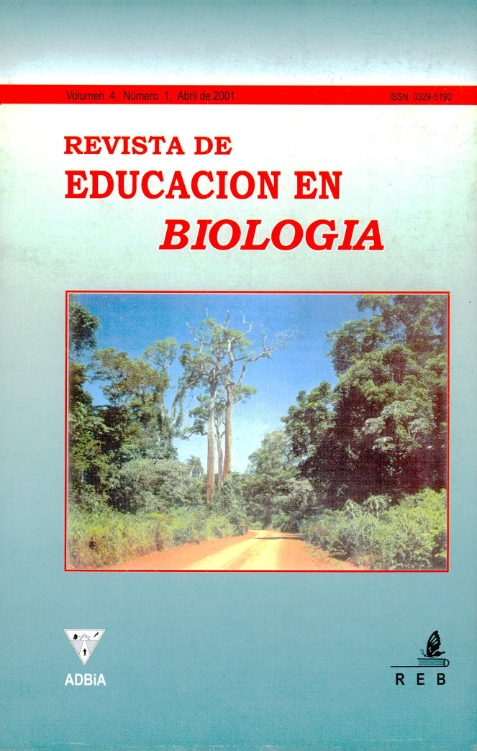Research methodological proposal for the development of the subject "Comparative Anatomy" in the Biological Sciences degree program
Main Article Content
Abstract
The investigative methodological proposal implies the posing of conceptual theoretical problems whose solution stimulates the student to assume a real leading role as a true actor in the process of science in the practice of comparative anatomy, thus building his knowledge. This methodology leads the student to contrast his previous ideas with the new acquired knowledge, thus generating conflicts, which he overcomes when he manages to build new conceptions. On the other hand, the implementation of this methodology entails a greater commitment from the teacher, tending to a creative attitude and exchange. In this role, the teacher continually renews the proposed problem situations based on previous experiences, presents different theories and/or alternative hypotheses in which the problems to be investigated can be framed, generates and moderates discussions, evaluates a process and not only final results.
Article Details

This work is licensed under a Creative Commons Attribution-NonCommercial-ShareAlike 4.0 International License.
Aquellos autores/as que tengan publicaciones con esta revista, aceptan los términos siguientes:- Los autores/as conservarán sus derechos de autor y garantizarán a la revista el derecho de primera publicación de su obra, el cuál estará simultáneamente sujeto a la Licencia de reconocimiento de Creative Commons que no se permite un uso comercial de la obra original ni de las posibles obras derivadas, la distribución de las cuales se debe hacer con una licencia igual a la que regula la obra original.
- Los autores/as podrán adoptar otros acuerdos de licencia no exclusiva de distribución de la versión de la obra publicada (p. ej.: depositarla en un archivo telemático institucional o publicarla en un volumen monográfico) siempre que se indique la publicación inicial en esta revista.
- Se recomienda a los autores/as difundir su obra a través de Internet (p. ej.: en archivos telemáticos institucionales o en su página web) después del proceso de publicación, lo cual puede producir intercambios interesantes y aumentar las citas de la obra publicada. (Véase El efecto del acceso abierto).
How to Cite
References
.

